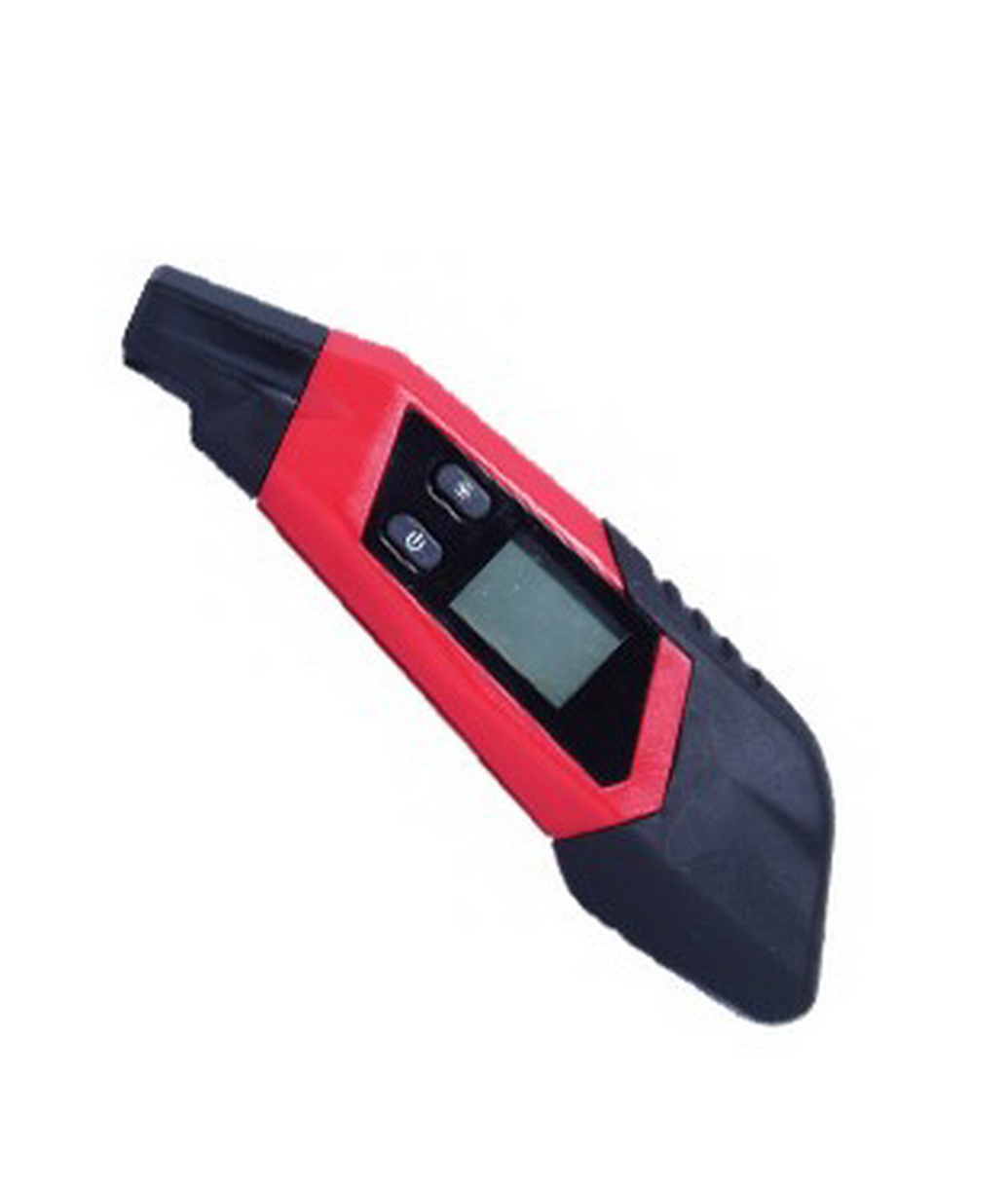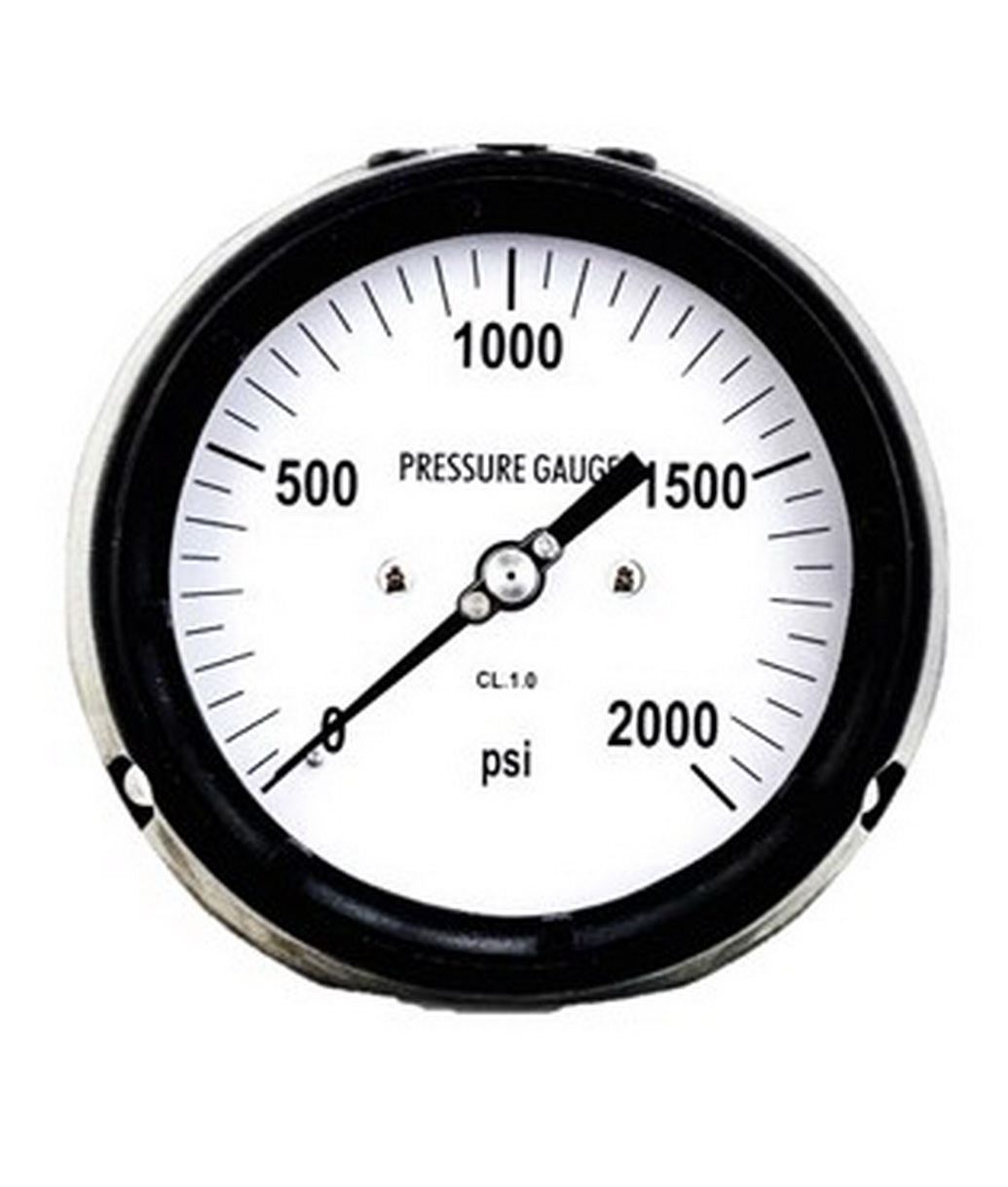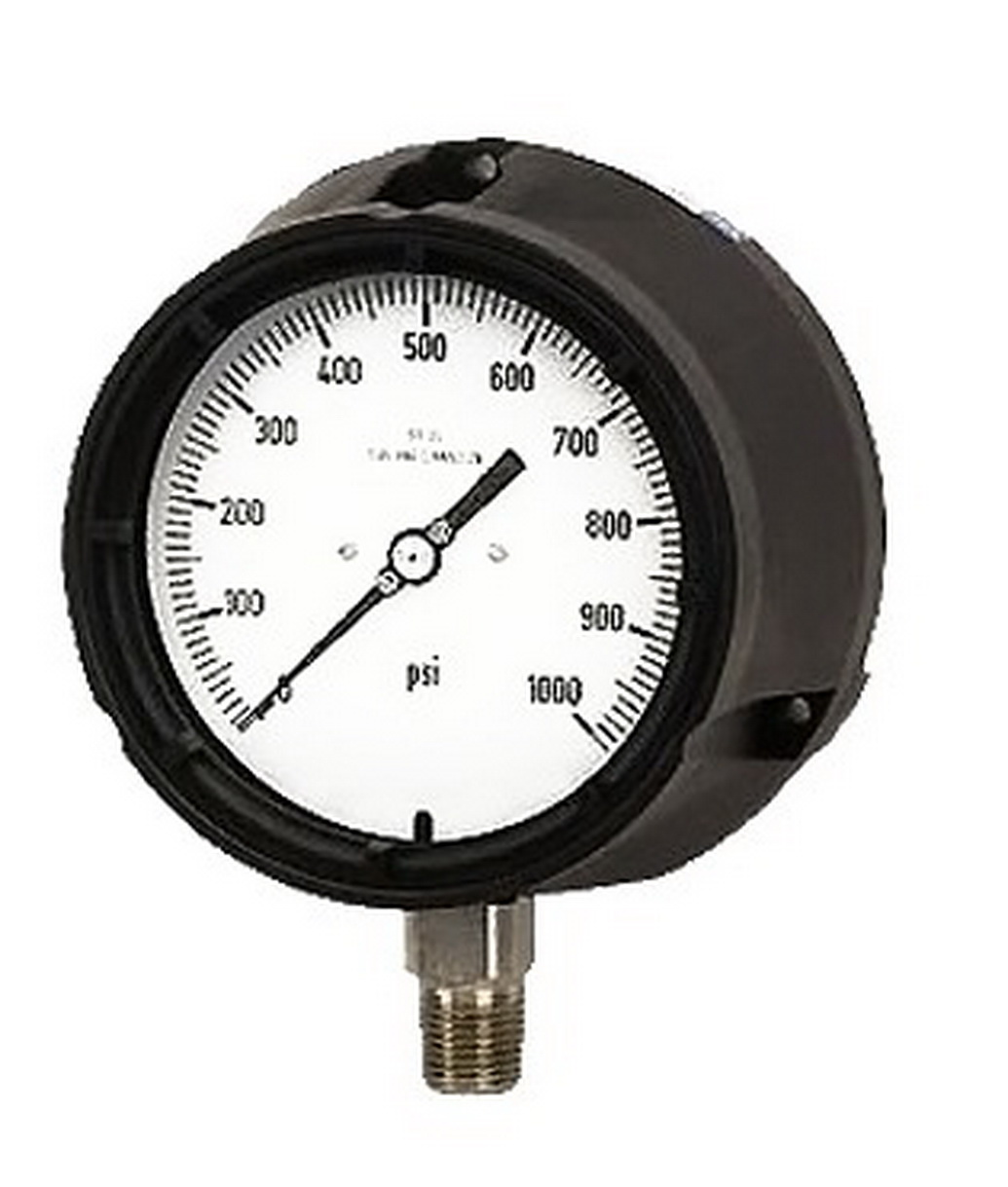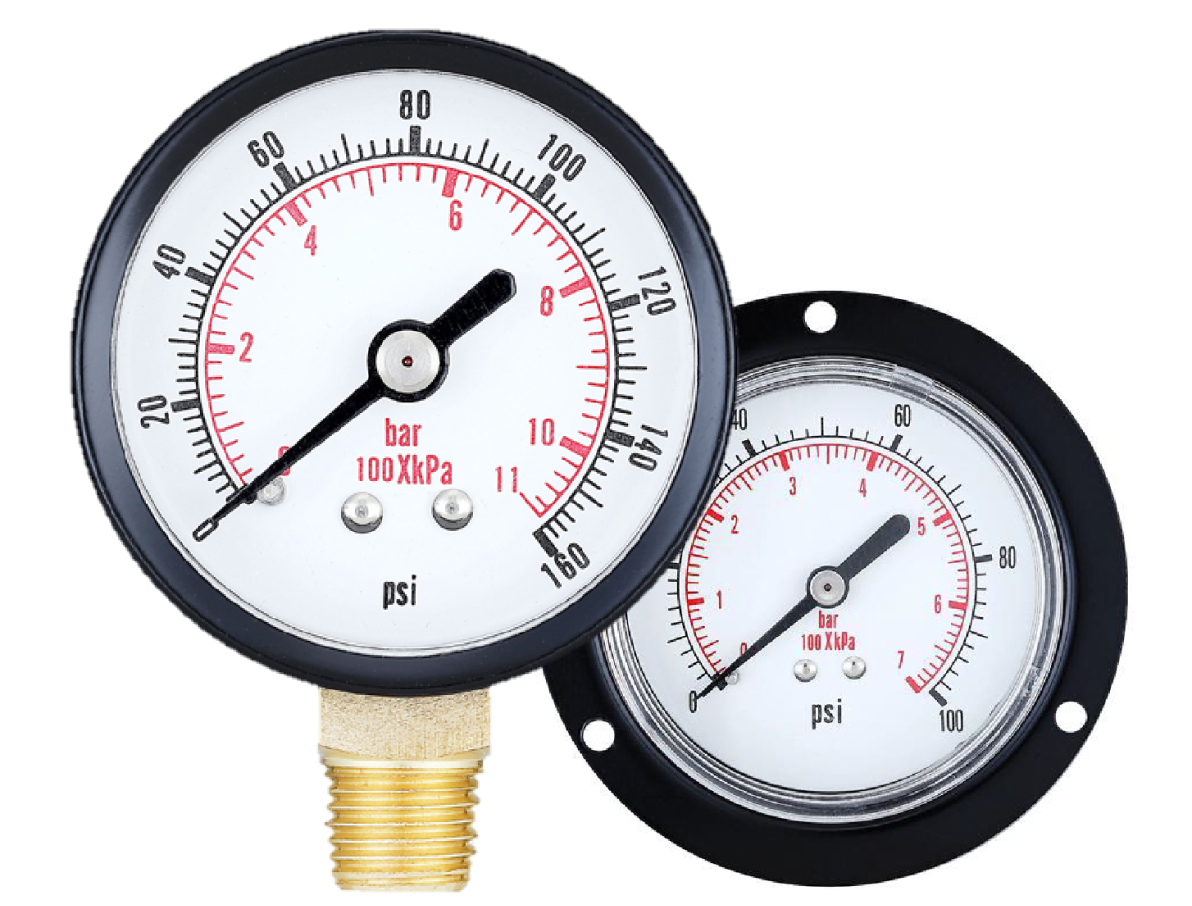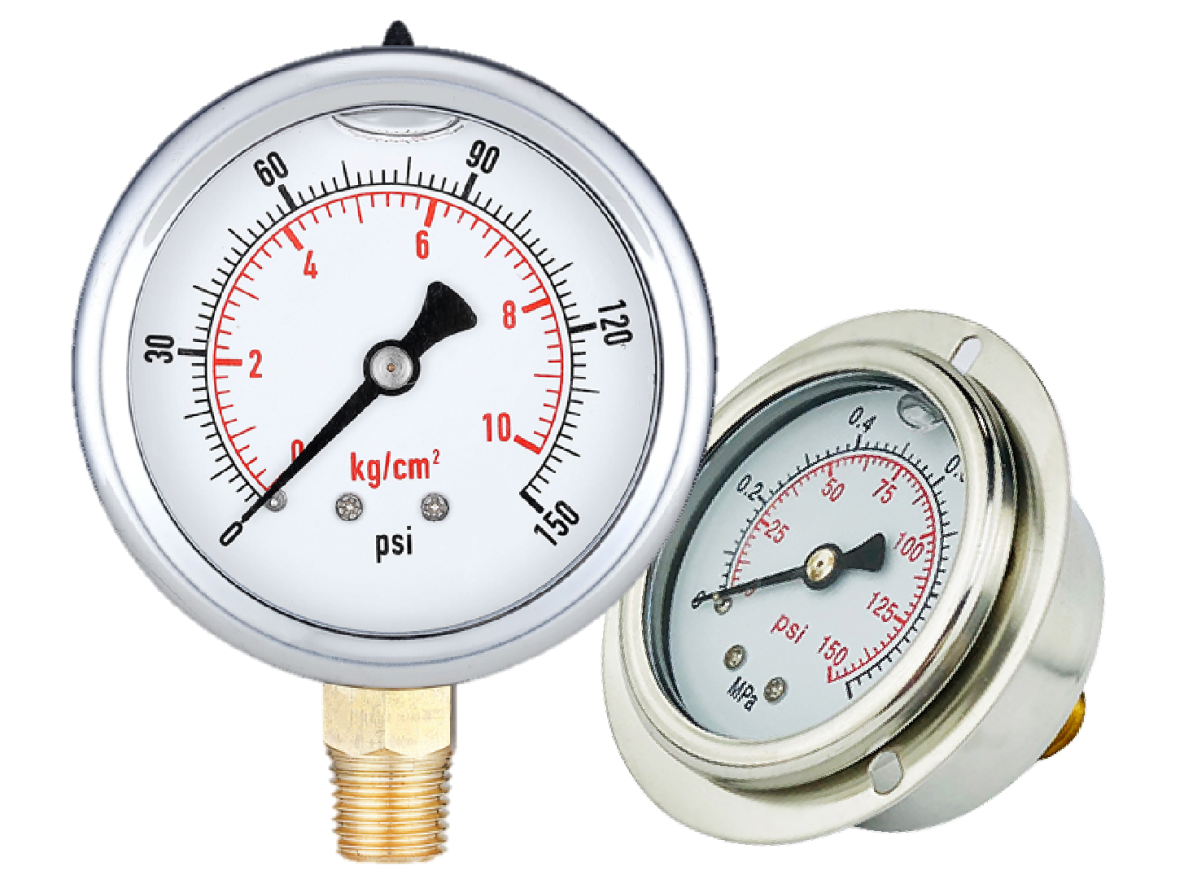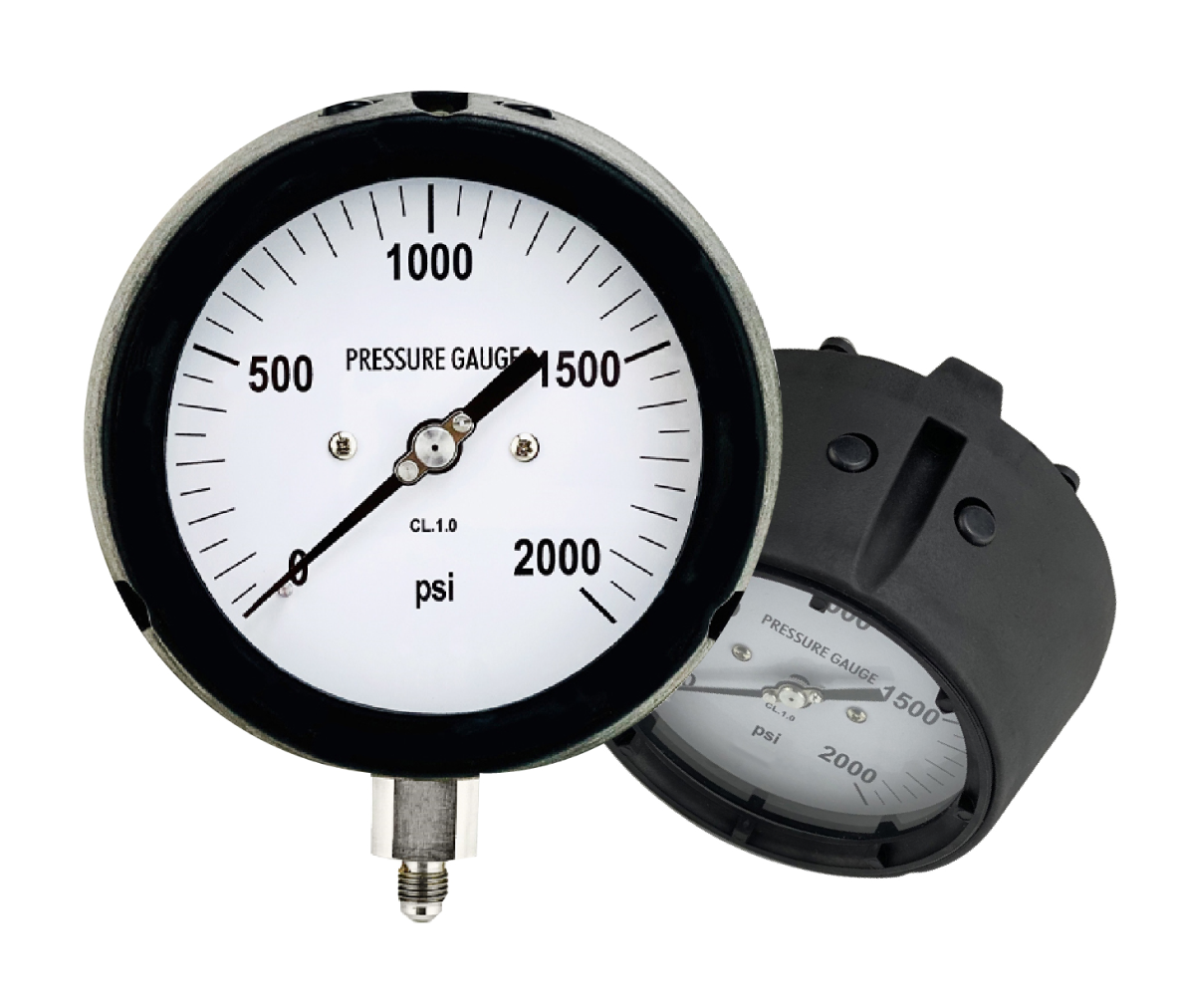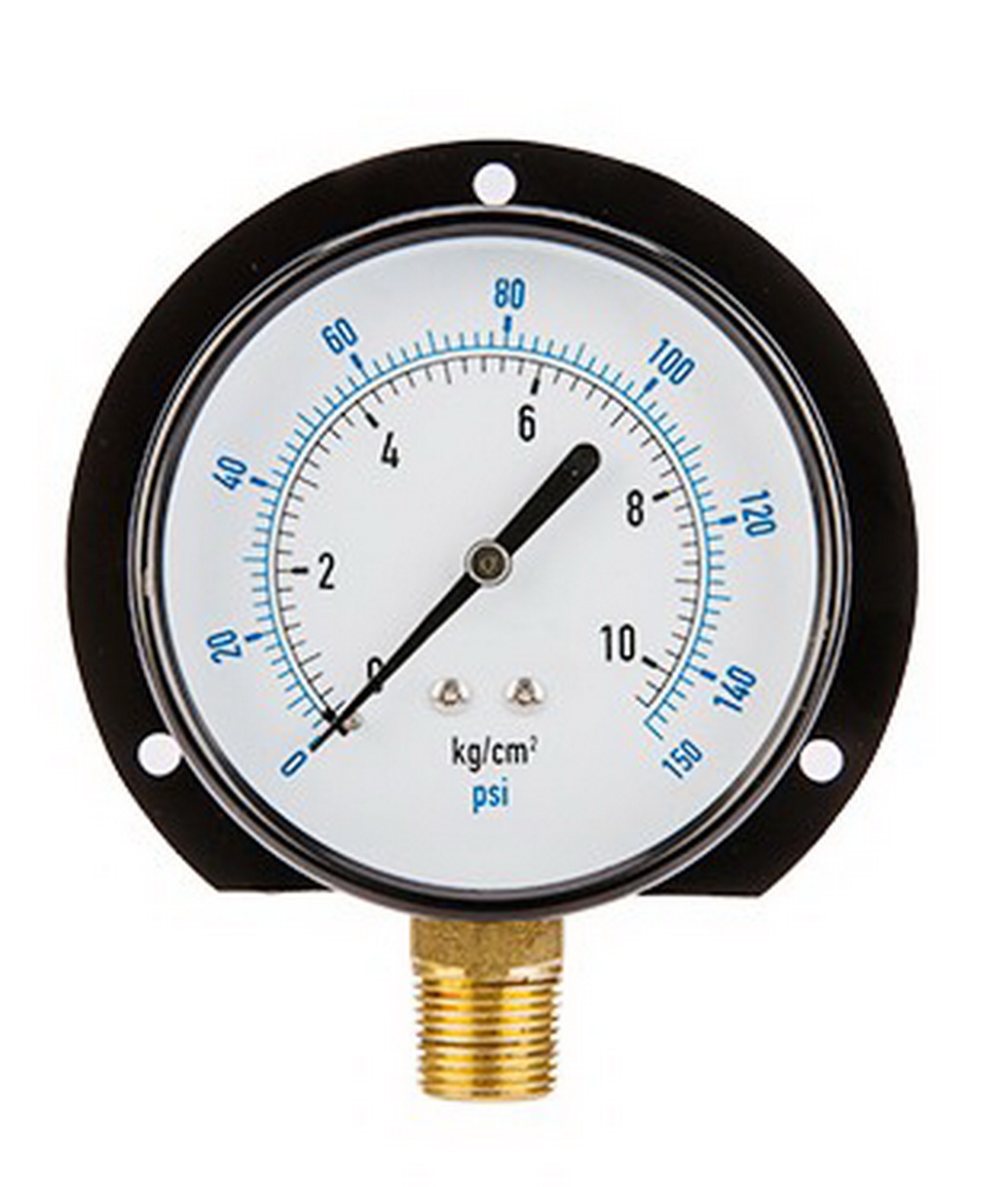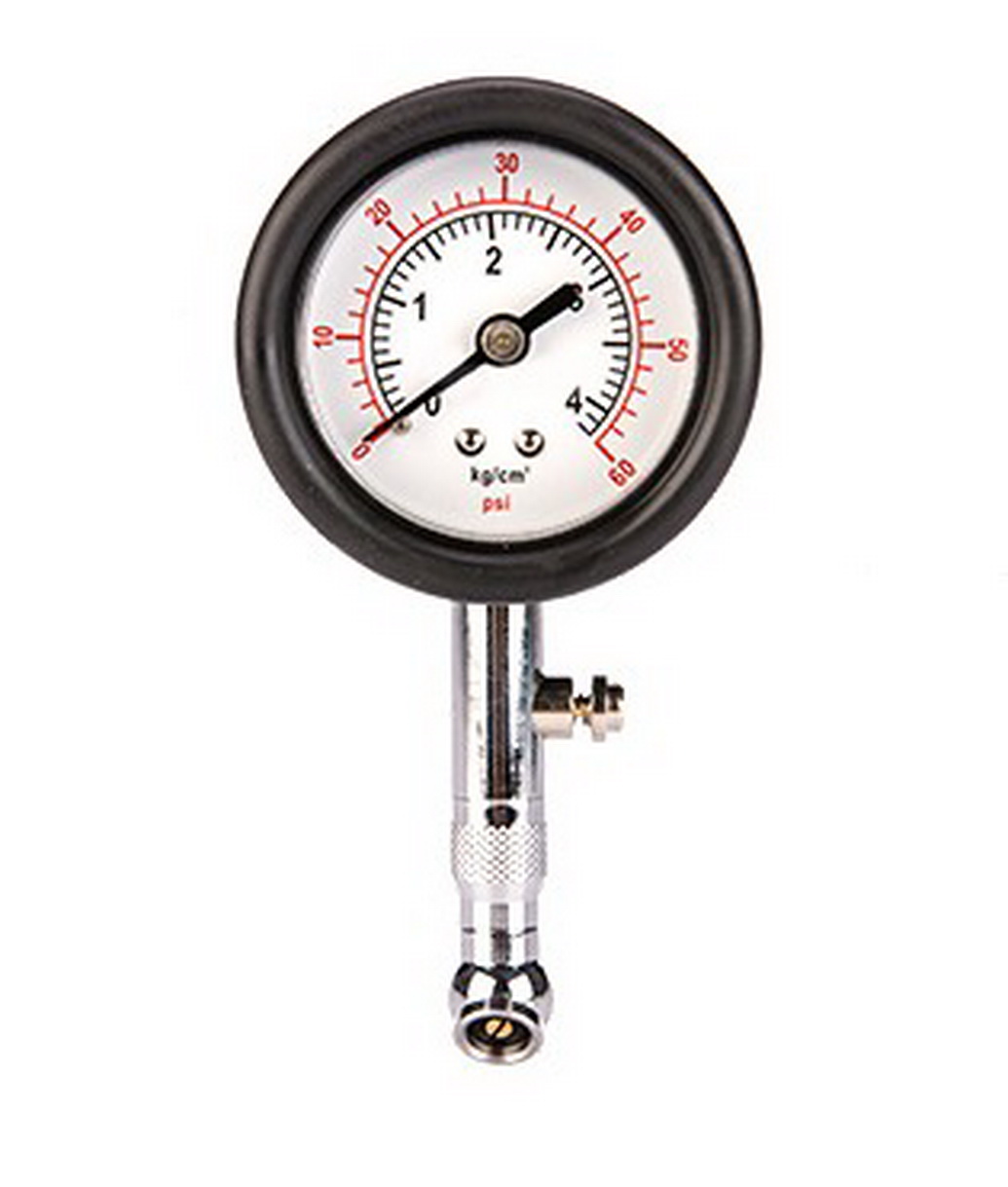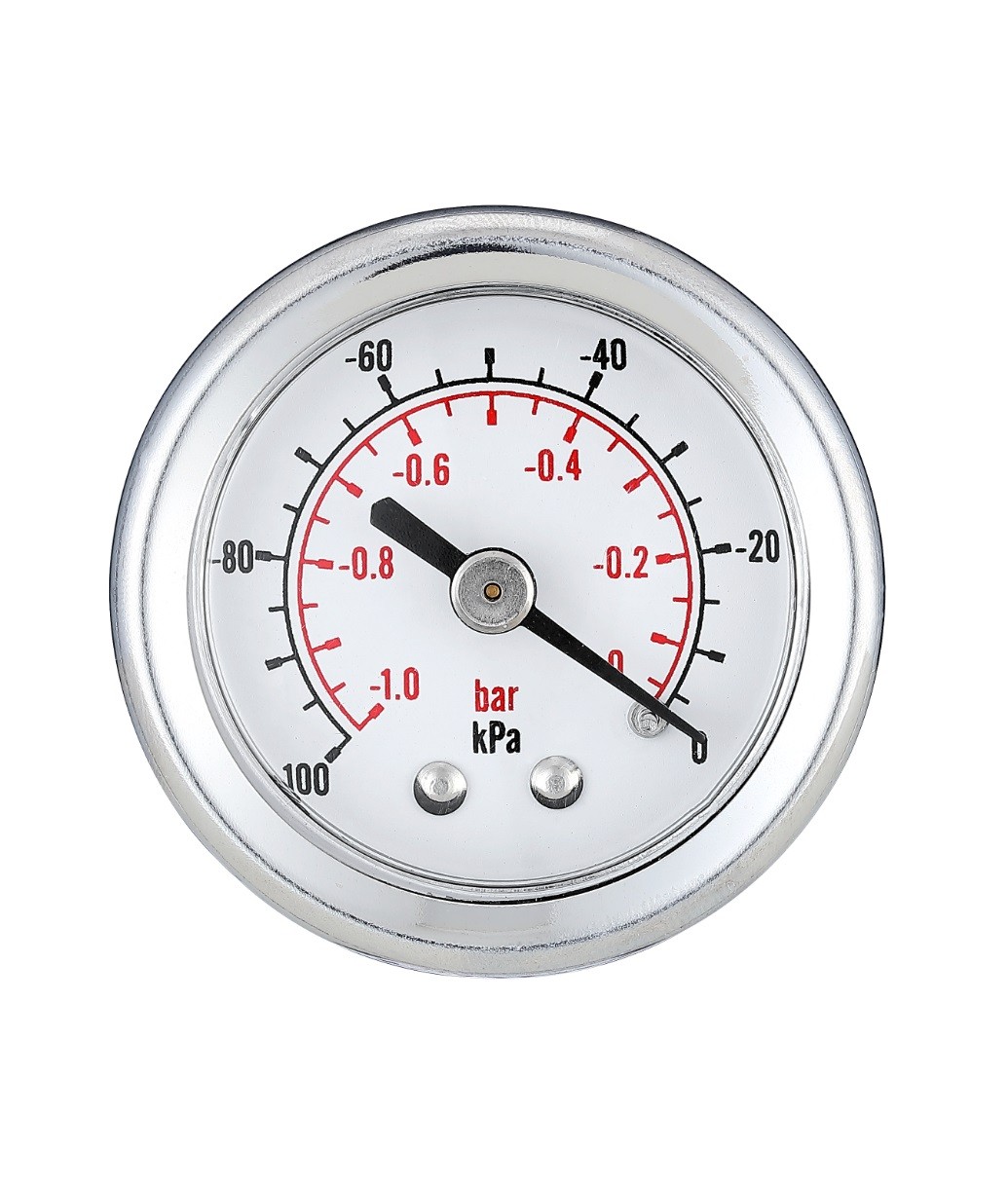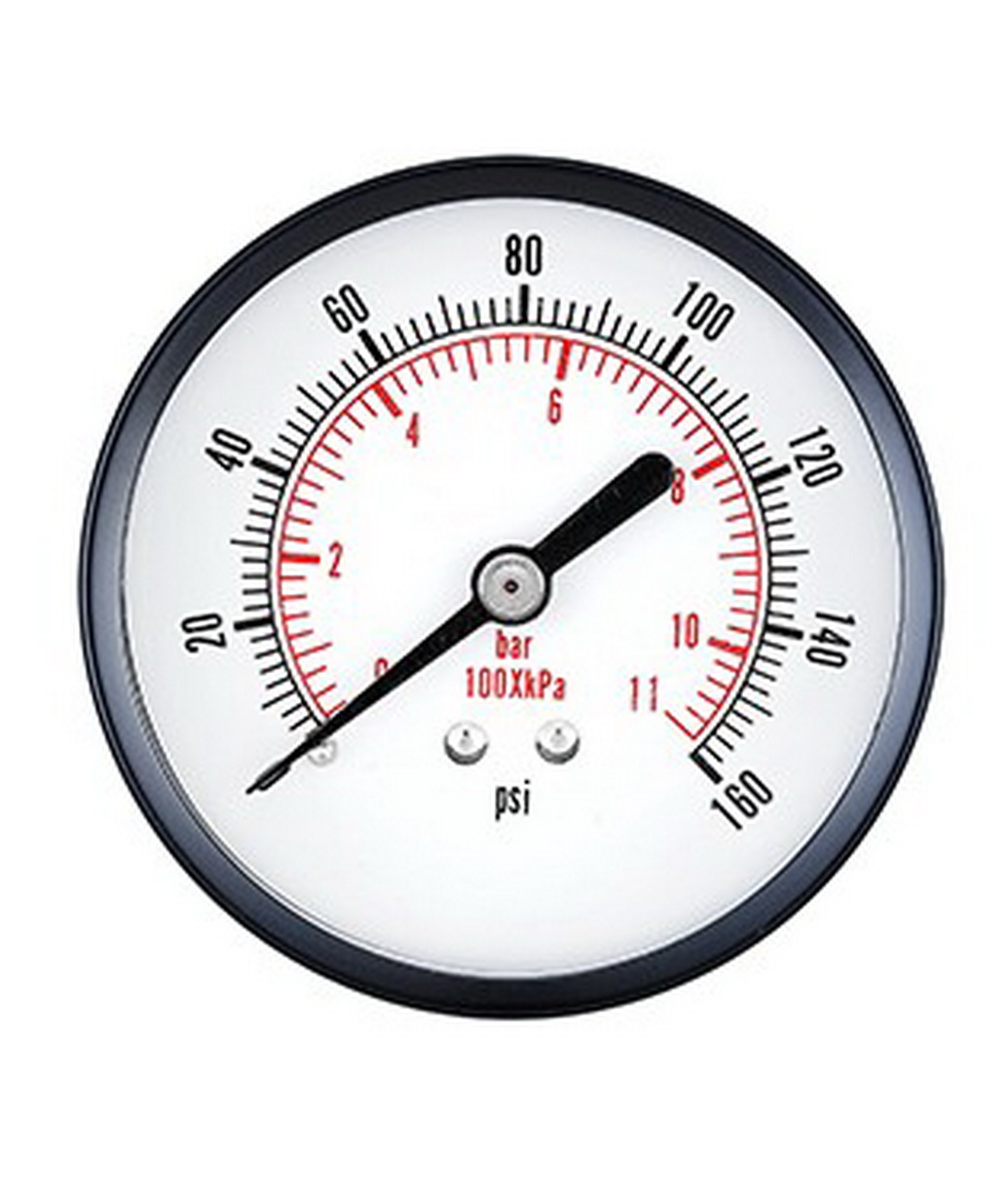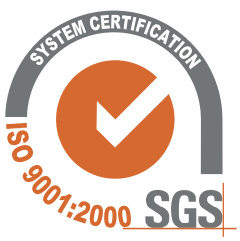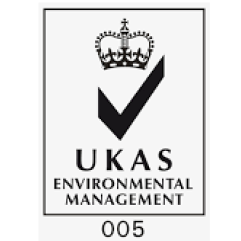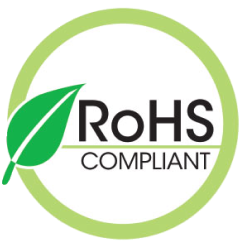Key Takeaways:
- Air pressure gauges are used in a wide range of industries, including automotive, medical, food and beverage, manufacturing, and energy sectors.
- There are different types of pressure gauges available, each designed for specific purposes and applications.
- Pressure gauges can be categorized as absolute, gauge, or differential, depending on the reference pressure being measured.
- Analog and digital pressure gauges offer different features and precision, allowing users to choose the best option for their needs.
- When selecting a pressure gauge, factors to consider include the type of pressure being measured, the type of gauge, pressure range, accuracy, and compatibility with the fluid being measured.
Understanding Air Pressure Gauges
A pressure gauge is a versatile instrument used for measuring pressure in different applications across various industries. These instruments play a crucial role in ensuring the safe and efficient operation of systems that rely on precise pressure control.
Pressure gauges are widely used in diverse fields such as automotive, medical, food and beverage, manufacturing, and energy sectors. They provide valuable insights into the pressure levels of various mediums, allowing operators to monitor and control processes effectively.
One of the key advantages of pressure gauges is their versatility. They can be used to measure different types of pressure, including absolute, relative, and differential pressure. This makes them compatible with a wide range of systems and applications.
When it comes to selecting a pressure gauge, there are several factors to consider. Firstly, the type of pressure being measured, whether it is gas, liquid, or steam, is essential. Different pressure gauges are designed to handle specific mediums and pressure ranges.
Additionally, the type of pressure gauge itself can vary. Bourdon tube gauges, diaphragm gauges, capsule gauges, and bellows gauges are some common types. Each has its own advantages and applications, so it’s important to choose the right one for the intended purpose.
Furthermore, the operating conditions and environment should be taken into account. Some pressure gauges are available in dry or liquid-filled versions, providing protection against harsh conditions or vibrations. The pressure range, overpressure resistance, precision, and dial diameter are also factors to consider for optimal performance.
Table: Types of Pressure Gauges
| Type | Advantages | Applications |
|---|---|---|
| Bourdon tube | High accuracy, durability | Industrial systems, automotive |
| Diaphragm | Corrosion resistance, flexibility | Chemical processing, hydraulics |
| Capsule | Compact design, low cost | Appliances, HVAC systems |
| Bellows | High sensitivity, vacuum applications | Pharmaceutical, aerospace |
By understanding the different types of pressure gauges available and considering the specific requirements of the application, operators can make informed decisions when selecting the most suitable instrument. This ensures accurate and reliable pressure measurements, contributing to the smooth operation and safety of various systems and processes.
Types of Air Pressure Gauges
There are several types of air pressure gauges, each designed for specific applications and requirements. Understanding the different types of pressure gauges can help you choose the right one for your needs. Here are some commonly used types:
- Bourdon Tube Gauges: These gauges use a curved tube that straightens or bends as pressure changes. They are commonly used for measuring air, gas, and liquid pressures in a wide range of applications.
- Diaphragm Gauges: Diaphragm gauges use a flexible diaphragm that deforms under pressure. They are suitable for measuring low-pressure ranges and are commonly used in industries such as food processing, pharmaceuticals, and HVAC systems.
- Capsule Gauges: Capsule gauges consist of two diaphragms welded together to form a capsule. They are ideal for measuring low pressures and are commonly used in pressure-sensitive applications like medical equipment and scientific instruments.
- Bellows Gauges: Bellows gauges use a series of convoluted metal tubes, known as bellows, to measure pressure. They are commonly used in vacuum systems, compressors, and hydraulic systems.
Quote: “Understanding the different types of air pressure gauges can help you choose the right one for your needs.”
Additional Considerations
In addition to the types mentioned above, pressure gauges can also be categorized as absolute, gauge, or differential depending on the reference pressure being measured. Absolute pressure gauges measure pressure relative to a perfect vacuum, gauge pressure gauges measure pressure relative to atmospheric pressure, and differential pressure gauges measure the difference in pressure between two points.
When selecting an air pressure gauge, there are several factors to consider. These include whether the gauge is fixed or portable, the type of pressure being measured (absolute, gauge, or differential), the specific type of pressure gauge (such as Bourdon tube, diaphragm, capsule, or bellows), and whether the gauge is dry or liquid-filled.
Other important criteria to consider are the pressure range, overpressure resistance, precision, dial diameter, and compatibility with the fluid being measured. By considering these factors, you can ensure that you select the right air pressure gauge for your specific application.
| Pressure Gauge Type | Applications |
|---|---|
| Bourdon Tube Gauges | Industrial processes, HVAC systems, automotive, aerospace |
| Diaphragm Gauges | Pharmaceuticals, food processing, HVAC systems |
| Capsule Gauges | Medical equipment, scientific instruments, pressure-sensitive applications |
| Bellows Gauges | Vacuum systems, compressors, hydraulic systems |
Uses of Air Pressure Gauges in the Automotive Industry
Air pressure gauges play a crucial role in the automotive industry, ensuring optimal performance and safety. These versatile instruments are used to measure and monitor air pressure in various components and systems within vehicles. Whether it’s tires, brake systems, or engine cylinders, air pressure gauges provide accurate readings that are essential for maintaining the efficiency and reliability of automotive systems.
One of the main uses of air pressure gauges in the automotive industry is for monitoring tire pressure. Proper tire pressure is vital for ensuring optimal fuel efficiency, tire longevity, and safe driving conditions. By regularly checking tire pressure with the help of air pressure gauges, drivers can prevent uneven wear, reduce the risk of tire blowouts, and improve overall handling and performance.
Moreover, air pressure gauges are also used in diagnosing and maintaining engine performance. They help measure the pressure of air intake into the engine and ensure it meets the manufacturer’s specifications. Proper air pressure in the engine allows for improved combustion, leading to better fuel efficiency and reduced emissions. Additionally, air pressure gauges are used to monitor the pressure of engine oil, transmission fluid, and coolant, ensuring they are at optimal levels for smooth operation.
When it comes to automotive safety, accurate readings from air pressure gauges are crucial in braking systems. Brake systems rely on properly pressurized hydraulic fluids to deliver reliable stopping power. By using air pressure gauges, technicians can accurately measure the pressure in the brake lines and ensure that the braking system can effectively slow down or stop the vehicle when needed.
Overall, air pressure gauges are indispensable tools in the automotive industry. From monitoring tire pressure to maintaining engine performance and ensuring reliable braking systems, these gauges ensure safety, efficiency, and optimal performance in vehicles.
Table: Common Automotive Air Pressure Gauges
| Type of Gauge | Application |
|---|---|
| Tire pressure gauge | Measures the air pressure in vehicle tires |
| Engine oil pressure gauge | Monitors the pressure of engine oil for lubrication |
| Transmission fluid pressure gauge | Measures the pressure of transmission fluid for smooth gear shifting |
| Coolant pressure gauge | Monitors the pressure of coolant for engine temperature control |
| Brake pressure gauge | Measures the hydraulic pressure in brake systems |
Applications of Air Pressure Gauges in the Medical Sector
Air pressure gauges are essential in the medical sector, enabling accurate pressure measurement in various medical equipment and systems. These gauges play a crucial role in ensuring the safety and effectiveness of medical procedures, as well as the proper functioning of medical devices.
In hospitals and clinics, air pressure gauges are commonly used in respiratory equipment like ventilators and anesthesia machines. These gauges monitor and regulate the air pressure delivered to patients, ensuring optimal breathing support during surgeries, intensive care, and other medical interventions.
Another important application of air pressure gauges in the medical sector is in the measurement of blood pressure. An instrument known as a sphygmomanometer uses a pressure gauge to measure the force of blood against the walls of arteries. This vital information helps healthcare professionals assess a patient’s cardiovascular health and diagnose conditions such as hypertension.
Additionally, air pressure gauges are used in medical laboratory equipment, such as autoclaves and sterilizers. These gauges ensure the proper functioning of the equipment and maintain optimal pressure levels for sterilization processes, guaranteeing the elimination of harmful microorganisms and the prevention of infections.
Table: Common Applications of Air Pressure Gauges in the Medical Sector
| Medical Equipment/ System | Application |
|---|---|
| Ventilators and anesthesia machines | Regulating and monitoring air pressure for respiratory support during surgeries and intensive care |
| Sphygmomanometer | Measuring blood pressure to assess cardiovascular health |
| Autoclaves and sterilizers | Maintaining optimal pressure levels for sterilization processes |
Overall, air pressure gauges are vital instruments in the medical sector, ensuring accurate pressure measurements and contributing to the delivery of safe and effective healthcare services.
Air pressure gauges are vital in the food and beverage industry, ensuring proper pressure control and safety during production processes. These gauges play a crucial role in monitoring and maintaining the correct levels of air pressure in various equipment and systems used in food processing, packaging, and storage.
One of the key applications of air pressure gauges in this industry is in the control of pneumatic systems. Pneumatic systems use compressed air to power machinery and equipment, such as conveyor belts, mixers, and pumps. The air pressure gauge allows operators to accurately monitor and adjust the pressure levels to ensure optimal performance and prevent any potential hazards.
Moreover, air pressure gauges are also used in the brewing and carbonation processes of beverages. These gauges help maintain the ideal pressure levels required for fermenting, carbonating, and dispensing beverages, ensuring consistent quality and taste. They provide valuable feedback to operators, allowing them to make necessary adjustments and achieve desired results.
In addition to pressure control, air pressure gauges play a critical role in ensuring the safety of food and beverage processing equipment. By monitoring and displaying accurate pressure readings, these gauges help prevent over-pressurization, which can lead to equipment failures or even accidents. They serve as an essential safety measure, helping operators maintain a safe working environment and comply with industry regulations.
Table: Common Applications of Air Pressure Gauges in the Food and Beverage Industry
| Application | Use of Air Pressure Gauges |
|---|---|
| Compressed Air Systems | Monitoring pressure levels for optimal performance |
| Fermentation and Carbonation | Maintaining ideal pressure for brewing and carbonation processes |
| Safety | Preventing over-pressurization and ensuring equipment safety |
Conclusion
Air pressure gauges are essential tools in the food and beverage industry, serving multiple purposes from pressure control to safety monitoring. Their accurate readings and reliable performance contribute to the efficient and safe operation of various processes involved in food and beverage production. By understanding the importance of air pressure gauges in this industry, manufacturers can ensure higher productivity, consistent quality, and compliance with industry standards.
Air Pressure Gauges in the Manufacturing Sector
Air pressure gauges are indispensable tools in the manufacturing sector, facilitating precise pressure measurement and control in various processes. These gauges play a crucial role in ensuring the safety and efficiency of manufacturing operations. They are used to monitor and regulate the air pressure in pneumatic systems, which are extensively employed in manufacturing facilities for tasks such as powering machinery and controlling automated processes.
In the manufacturing sector, air pressure gauges are employed in a wide range of applications, including monitoring the air pressure in compressed air systems, pneumatic tools, and machines. They provide real-time readings that enable operators to identify and address any fluctuations or abnormalities, preventing potential breakdowns or inefficiencies in the manufacturing processes.
Furthermore, air pressure gauges are essential for maintaining the quality and precision of manufacturing operations. They ensure that the air pressure remains within the specified range for specific applications, guaranteeing the accuracy of measurements, the functionality of machinery, and the overall product quality. By providing accurate and reliable pressure readings, these gauges contribute to the optimization of manufacturing processes and the reduction of waste and errors.
Table: Common Types of Pressure Gauges Used in the Manufacturing Sector
| Pressure Gauge Type | Application |
|---|---|
| Bourdon Tube Gauges | General pressure measurement in manufacturing processes |
| Diaphragm Gauges | Pressure measurement in corrosive environments |
| Capsule Gauges | Measurement of low-pressure ranges in delicate systems |
| Bellows Gauges | Measurement of high-pressure ranges in industrial machinery |
Image:
“Accurate pressure measurement is vital in the manufacturing sector to ensure the integrity and reliability of production processes. Air pressure gauges provide the necessary insights to maintain optimal pressure levels for smooth operations.”
In conclusion, air pressure gauges are critical instruments in the manufacturing sector, enabling precise pressure monitoring and control in various processes. These gauges contribute to the safety, efficiency, and quality of manufacturing operations, helping to prevent breakdowns, optimize processes, and deliver high-quality products. The selection of the appropriate type of pressure gauge depends on the specific application and pressure range requirements. By utilizing air pressure gauges effectively, manufacturers can enhance their productivity and maintain consistent standards in their production processes.
Air Pressure Gauges in the Energy Industry
Air pressure gauges play a crucial role in the energy industry, ensuring efficient operation and maintenance of energy systems. These versatile instrumentsare used in a wide range of applications within the industry, including monitoring and controlling the pressure of various fluids and gases. From power plants to oil refineries, air pressure gauges are vital for maintaining optimal performance and preventing potential hazards.
One of the key uses of air pressure gauges in the energy industry is in the measurement of gas pressure for natural gas pipelines and storage facilities. Accurate pressure control is essential for ensuring the safe and efficient transportation of natural gas across long distances. Air pressure gauges are also employed in monitoring the pressure of steam systems, which is critical for power generation and industrial processes.
In addition to measuring pressure, air pressure gauges are utilized in the energy industry for leak detection and system diagnostics. By monitoring pressure fluctuations and abnormal readings, operators can identify potential leaks or malfunctions in the energy systems. This allows for timely maintenance and repairs, preventing costly breakdowns and ensuring the continuous operation of energy facilities.
| Type of Air Pressure Gauge | Key Application |
|---|---|
| Compound gauge | Measuring both positive and negative pressures in systems with vacuum and pressure |
| Digital gauge | Providing accurate and precise pressure readings with advanced features and digital displays |
| Differential pressure gauge | Measuring the difference in pressure between two points in a system |
Quote: “Air pressure gauges are indispensable tools for maintaining the safety and efficiency of energy systems.” – Energy Industry ExpertAs the energy industry continues to evolve and adapt to new technologies, the demand for reliable and accurate air pressure gauges remains constant. With advancements in digital technology, modern pressure gauges offer enhanced functionality and remote monitoring capabilities, improving efficiency and reducing maintenance costs.
In conclusion, air pressure gauges are essential instruments in the energy industry, providing critical pressure measurements for safe and efficient operation of energy systems. From monitoring gas pressure in pipelines to diagnosing system issues, these gauges play a vital role in maintaining the integrity and performance of energy facilities.
Pressure gauges are available in different types, each designed to measure pressure in specific applications and environments. Understanding the various types of pressure gauges can help you choose the right instrument for your needs. Here are some common types of pressure gauges:
- Bourdon tube gauges: These gauges use a curved metal tube that expands or contracts based on the pressure applied. They are widely used in industrial applications due to their durability and accuracy.
- Diaphragm gauges: These gauges use a flexible diaphragm that deforms under pressure. They are commonly used in the medical sector and applications involving corrosive or viscous fluids.
- Capsule gauges: These gauges consist of two metal capsules that deform under pressure. They are ideal for measuring low pressures and are commonly used in HVAC systems and low-pressure applications.
- Bellows gauges: These gauges use a convoluted metal bellows that expands or contracts under pressure. They are suitable for measuring high pressures and are commonly used in hydraulic systems and heavy machinery.
When selecting a pressure gauge, it is important to consider the specific purpose and requirements of your application. Factors such as pressure range, overpressure resistance, precision, dial diameter, and compatibility with the fluid being measured should be taken into account. Additionally, the type of pressure being measured (absolute, relative, or differential) and the reference pressure used are important considerations.
Table: Comparison of Different Types of Pressure Gauges
| Type of Gauge | Application | Advantages | Disadvantages |
|---|---|---|---|
| Bourdon Tube | Industrial | Accurate, durable | Not suitable for low-pressure measurements |
| Diaphragm | Medical, corrosive fluids | Flexible, resistant to corrosion | Less accurate than other types |
| Capsule | HVAC, low-pressure | Sensitive, suitable for low-pressure measurements | Not suitable for high-pressure measurements |
| Bellows | Hydraulics, heavy machinery | Designed for high-pressure measurements | Less sensitive to small pressure changes |
“Choosing the right type of pressure gauge is crucial to ensure accurate and reliable pressure measurements. Consider the specific requirements of your application and consult with experts if needed.”
By understanding the different types of pressure gauges and their suitability for specific purposes, you can make an informed decision when selecting an instrument. Whether you need to measure pressure in industrial systems, medical equipment, or HVAC applications, choosing the right type of pressure gauge will ensure accurate and reliable measurements.
Analog vs. Digital Air Pressure Gauges
Air pressure gauges can be categorized as analog or digital, each offering unique features and advantages. Analog gauges have been around for decades and are known for their simplicity and reliability. They use a mechanical system, typically a Bourdon tube or diaphragm, to measure and display pressure readings. Analog gauges are cost-effective and easy to read, with a clear dial and a needle that moves to indicate the pressure level.
Digital gauges, on the other hand, utilize electronic sensors and a digital display to provide accurate and precise pressure readings. They offer additional features such as automatic calibration, data logging, and the ability to switch between different units of measurement. Digital gauges are often preferred in applications where high accuracy is required, such as laboratories or industrial settings.
One advantage of analog gauges is their simplicity. They require no power source and are not affected by electromagnetic interference. Analog gauges are also durable and can withstand harsh environments, making them suitable for use in the automotive and manufacturing industries.
However, digital gauges have their own set of advantages. They provide faster and more accurate readings, eliminating the need for manual interpretation. Digital gauges also offer the ability to store and track pressure data, which can be useful for record-keeping and analysis. Furthermore, some digital gauges can be connected to a computer or mobile device for real-time monitoring and data transfer.
Table 1: Comparison of Analog and Digital Air Pressure Gauges
| Aspect | Analog Gauges | Digital Gauges |
|---|---|---|
| Measurement Accuracy | Good | Excellent |
| Display Type | Needle and Dial | Digital Screen |
| Additional Features | None | Data Logging, Unit Conversion |
| Power Source | None | Battery or External Power |
| Environmental Resistance | High | Medium |
In conclusion, both analog and digital air pressure gauges have their own benefits and suit different applications. Analog gauges are simple, reliable, and durable, making them ideal for rugged environments. Digital gauges offer superior accuracy and advanced features, making them suitable for precise measurements and data analysis. When choosing between analog and digital gauges, it is important to consider the requirements of the specific application and the level of accuracy needed. By understanding the differences between analog and digital gauges, you can make an informed decision to ensure accurate and reliable pressure measurements.
Factors to Consider When Choosing an Air Pressure Gauge
When choosing an air pressure gauge, several factors need to be taken into account to ensure optimal performance and accuracy. These factors will help you select the right gauge for your specific application and ensure that it meets your requirements. Here are some key considerations to keep in mind:
- Type of Pressure: Determine the type of pressure you need to measure – absolute, relative, or differential. This will help you choose the appropriate gauge that is designed to measure the specific type of pressure accurately.
- Type of Gauge: There are different types of pressure gauges, such as Bourdon tube, diaphragm, capsule, and bellows gauges. Each type has its own advantages and is suitable for different applications. Consider the requirements of your application and choose the gauge type that best meets your needs.
- Pressure Range: Determine the pressure range that your gauge needs to cover. It is essential to select a gauge that can accurately measure the pressure within your desired range, without going beyond its limits.
- Overpressure Resistance: Consider the maximum amount of pressure that the gauge can withstand without damage. This is particularly important in applications where pressure spikes or surges are expected.
- Precision: Evaluate the level of precision required for your specific application. This will help you select a gauge with the appropriate accuracy and resolution.
- Dial Diameter: The size of the gauge’s dial can vary, and it is important to choose a diameter that allows for clear and easy reading of the pressure measurements.
- Compatibility: Consider the compatibility of the gauge with the fluid or gas being measured. Ensure that the gauge is constructed of materials that are resistant to corrosion and can withstand the properties of the medium being measured.
By considering these factors when choosing an air pressure gauge, you can make an informed decision and select a gauge that will meet your specific needs, ensuring accurate measurements and optimal performance.
| Factor | Considerations |
|---|---|
| Type of Pressure | Absolute, relative, or differential |
| Type of Gauge | Bourdon tube, diaphragm, capsule, or bellows |
| Pressure Range | Minimum and maximum pressure limits |
| Overpressure Resistance | Maximum pressure tolerance |
| Precision | Level of accuracy and resolution |
| Dial Diameter | Size of the gauge’s dial |
| Compatibility | Resistance to corrosion and compatibility with the medium being measured |
Understanding Different Types of Pressure Gauges
Pressure gauges come in various types, such as Bourdon tube, diaphragm, capsule, and bellows, each having its own advantages and applications. These different types of pressure gauges are designed to measure pressure in specific systems and industries, providing accurate and reliable readings.
The Bourdon tube pressure gauge, for example, is widely used due to its simplicity and durability. It consists of a curved metal tube that straightens under pressure, which in turn moves a needle on the gauge to indicate the pressure level. Bourdon tube gauges are commonly found in applications such as HVAC systems, industrial processes, and hydraulic systems.
Diaphragm pressure gauges, on the other hand, utilize a flexible diaphragm that deforms under pressure, translating the pressure into a corresponding mechanical movement. This type of gauge is often used in sanitary applications, pharmaceutical industries, and gas pressure measurement.
Capsule and bellows pressure gauges are designed to measure small pressure differences, making them suitable for applications where precise readings are required. Capsule gauges use two corrugated disks welded together to form a capsule-like structure, while bellows gauges consist of a series of interconnected convolutions that expand or contract under pressure.
| Type of Pressure Gauge | Advantages | Applications |
|---|---|---|
| Bourdon Tube | Simple design, rugged construction, reliable performance | HVAC systems, industrial processes, hydraulic systems |
| Diaphragm | Good for sanitary applications, can handle aggressive media | Pharmaceutical industries, gas pressure measurement |
| Capsule | High sensitivity for measuring small pressure differences | Laboratory equipment, research and development |
| Bellows | Excellent for high-pressure and vacuum applications | Petrochemical industries, aerospace, vacuum systems |
Understanding the different types of pressure gauges is crucial when selecting the right gauge for your specific application. Each type has its own strengths and limitations, so it’s important to consider factors such as the pressure range, compatibility with the fluid being measured, and the required precision. By choosing the appropriate pressure gauge, you can ensure accurate and reliable pressure measurements in your system or industry.
- Pressure gauges come in various types, including Bourdon tube, diaphragm, capsule, and bellows.
- Each type of gauge has its own advantages and applications.
- Selecting the right pressure gauge involves considering factors such as pressure range, fluid compatibility, and required precision.
With this understanding of the different types of pressure gauges, you can make informed decisions when it comes to choosing the most suitable gauge for your specific needs.
Key Considerations for Selecting an Air Pressure Gauge
When selecting an air pressure gauge, factors such as pressure range, overpressure resistance, precision, and compatibility must be carefully considered. These factors play a crucial role in ensuring the gauge accurately measures and monitors pressure in various applications.
The pressure range is an important consideration as it determines the upper and lower limits of pressure that the gauge can handle. Choosing a gauge with a suitable pressure range for the specific application is essential to prevent damage and inaccuracies in readings. Additionally, the overpressure resistance of the gauge is vital in high-pressure environments, as it ensures the gauge can withstand fluctuations and spikes without compromising its functionality.
Precision is another crucial factor to consider when selecting an air pressure gauge. The level of precision required will depend on the application and the desired accuracy of pressure measurements. It is important to choose a gauge with the appropriate precision to ensure reliable and consistent readings.
Compatibility is also a key consideration when selecting an air pressure gauge. Different gauges are designed for specific fluids and environments. Ensuring compatibility with the fluid being measured is essential to maintain accurate readings and prevent damage to the gauge. It is important to consider whether the gauge should be dry or liquid-filled, depending on the application requirements.
By carefully considering these key factors, one can select the most suitable air pressure gauge for their specific needs. Making an informed decision will result in accurate pressure measurements and efficient monitoring in various industries and applications.
Summary:
- When selecting an air pressure gauge, consider factors such as pressure range, overpressure resistance, precision, and compatibility.
- The pressure range determines the upper and lower limits of pressure that the gauge can handle.
- Overpressure resistance ensures the gauge can withstand fluctuations and spikes without compromising functionality.
- Precision depends on the desired accuracy of pressure measurements.
- Compatibility with the fluid being measured is crucial to maintain accurate readings and prevent damage.
| Factor | Description |
|---|---|
| Pressure Range | Determines the upper and lower limits of pressure that the gauge can handle. |
| Overpressure Resistance | Ensures the gauge can withstand fluctuations and spikes without compromising functionality. |
| Precision | Depends on the desired accuracy of pressure measurements. |
| Compatibility | Ensures the gauge is suitable for the fluid being measured to maintain accurate readings. |
Air pressure gauges are vital instruments used in various industries, offering accurate pressure measurement and control for optimal performance. These versatile devices play a crucial role in monitoring and maintaining pressure levels in automotive, medical, food and beverage, manufacturing, and energy sectors, among others.
When it comes to selecting the right air pressure gauge, there are several factors to consider. The type of pressure being measured, whether it is absolute, gauge, or differential, will determine the specific gauge needed. Different types of pressure gauges, such as Bourdon tube, diaphragm, capsule, and bellows, have their own unique features and applications.
Furthermore, one must also consider whether the gauge should be analog or digital. Digital gauges offer advanced features and greater precision, while analog gauges provide a more traditional display. Other important criteria include the pressure range, overpressure resistance, precision, dial diameter, and compatibility with the fluid being measured.
By carefully considering these factors, businesses can select the ideal air pressure gauge for their specific needs, ensuring accurate measurements and efficient operations. Whether it’s to monitor air pressure in pneumatic systems, measure oil pressure in engines, or gauge water pressure in plumbing systems, the right air pressure gauge can make all the difference in achieving optimal performance and safety.
FAQ
What are the different types of air pressure gauges?
Air pressure gauges can be categorized as oil pressure gauges, water pressure gauges, air pressure gauges, and boiler pressure gauges, among others.
What industries use air pressure gauges?
Air pressure gauges are used in industries such as automotive, medical, food and beverage, manufacturing, and energy.
What is the difference between analog and digital air pressure gauges?
Analog air pressure gauges have a dial and pointer display, while digital air pressure gauges have a digital display. Digital gauges offer more features and precision.
What factors should I consider when choosing an air pressure gauge?
Factors to consider include whether it is fixed or portable, the type of pressure being measured, the type of pressure gauge, and whether it is dry or liquid-filled.
What are the different types of pressure gauges?
The different types of pressure gauges include Bourdon tube, diaphragm, capsule, and bellows gauges.
What should I consider when selecting an air pressure gauge?
Key considerations include the pressure range, overpressure resistance, precision, dial diameter, and compatibility with the fluid being measured.

